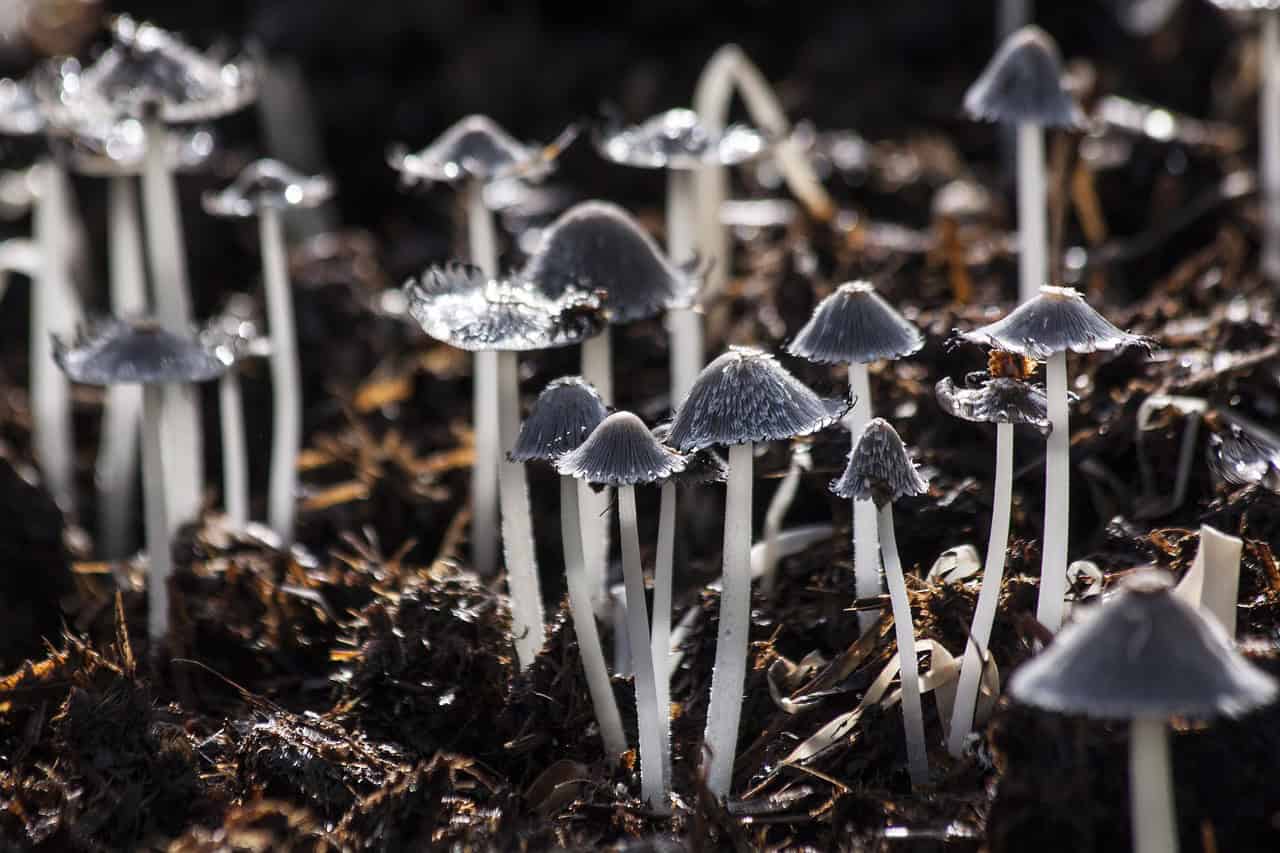
Leather has been fashioned out of animal skin for centuries. In a lot of cases, this is a by-product of meat production and is seen as such. Yet it is not only livestock farming that is becoming more and more the focus of animal, nature, and environmental conservationists. The leather production process is also being increasingly regarded as ethically objectionable and damaging to the environment. It leads to deforestation so as to make way for more grazing pasture. As well as more greenhouse gas emissions, and the use of hazardous substances in the tanning process.
Artificial leather Leather is made of synthetic polymers, but even this method has its downsides. Polyvinyl chloride (PVC), polyurethane, and chemicals derived from fossil fuels are used in this process.
Fully biodegradable
“This is where the leather-like materials obtained from fungi come into play. These are CO2-neutral and are usually also fully biodegradable at the end of their service life,” says materials chemist Alexander Bismarck from the Faculty of Chemistry at the University of Vienna. He is also currently a visiting professor at the Imperial College London. Bismarck and his colleague Mitchell Jones are leading an international team engaged in further research into the harvesting of fungi to make a new type of leather.
According to statements by the scientists, the use of fungi to produce leather substitutes is “possible through the recycling of inexpensive agricultural and forestry by-products (e.g. sawdust)”. These by-products serve as the basis for the fungal mycelium. These are elongated tubular structures that stimulate the vegetative growth of filamentous fungi.
This fungal biomass can be harvested after a period of growth and then treated both physiologically and chemically. ” Ultimately, these layers of fungal biomass resemble leather in appearance, and they possess comparable material properties and haptic characteristics,” says Institute Director Alexander Bismarck. Some biotech companies are already marketing materials derived from fungi.
A significant role in the future
All the substances contained in the leather substitute from fungi. These include chitin and other polysaccharides such as glucans, and are fully biodegradable. As part of their study on the production of fungal tissues and foam-like building materials (e.g. for insulation), Bismarck and his colleague Jones had previously researched mushrooms and reddish foliage.
In their study published in the academic journal Nature Sustainability, they have examined the sustainability of cowhide and imitation leather. Plus, they also presented the first developments and commercialization of leather substitutes derived from fungi. One of the greatest challenges currently facing the production of leather-like materials from fungi remains “achieving homogeneous and consistent mycelium sheets that exhibit uniform growth and consistent thickness, color, and mechanical properties.”
Up until now, the production of these materials has primarily been driven by commercial interests, the scientists say. Above all, sustainability-oriented consumers and vegans are interested in mushrooms as raw material for leather substitutes. This is because they represent a cost-effective, socially- and environmentally friendly alternative to cowhide and imitation leather.
“Significant advances in this technology along with the growing number of companies producing leather alternatives that use fungal biomass suggest that this new material will play a significant role in the future of ethically and environmentally responsible textiles.”
Publication in ‘Nature Sustainability’
‘Leather-like material biofabrication using fungi‘ Mitchell Jones, Antoni Gandia, Sabu John and alexander Bismarck, Nature Sustainability 2020, DOI: 10.1038/s41893-020-00606-1
Title picture: Leather-like materials derived from fungi have considerable potential, especially in terms of sustainability. (© Alexander Bismarck)



